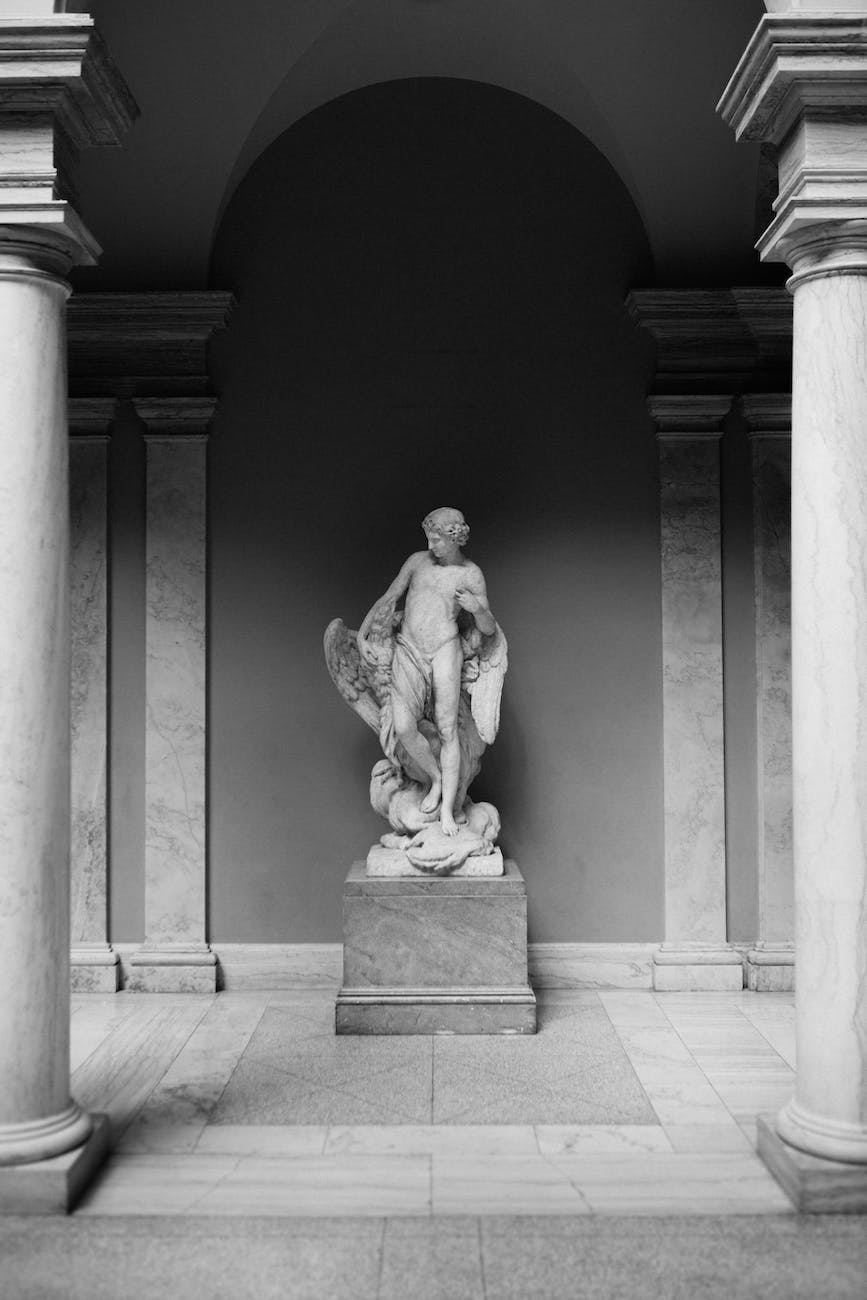The Legacy of Sculpture: Ancient Origins to Modern Craftsmanship
For over 25,000 years, sculpture has allowed civilizations to leave behind rich cultural legacies embodied in stone, metal, clay and more. Despite changing styles and technologies, timeless foundations unite the work of artisans across millennia. The innate human drive for creative expression through three-dimensional art persists as a common thread linking ancient origins to today’s boundless innovations.
Ancient Sculptural Foundations
Early civilizations established core techniques still used today:
Prehistoric Carvings
Simple stone carvings date back to around 28,000 BCE. They represent humanity’s earliest known sculpture.
Egyptian Reliefs
Egyptians adorned temples with ornately carved storytelling stone friezes as far back as 2500 BCE.
Greek and Roman Figures
Classical cultures achieved remarkably naturalistic and idealized marble and bronze figures between 500 BCE – 500 CE. Skilled stone carving and lost wax casting originated here.
Chinese Jade Carvings
Chinese artisans worked jade with precocious skill into dragons and ritual objects as early as 10,000 BCE, treasuring its hardness and symbolism.
Evolution of Materials and Styles
New ages sparked creativity:
Middle Ages
Gothic sculptors carved intricate altarpieces and architectural embellishments in wood and stone.
Renaissance
Figural mastery was revived with even greater realism, expression and technical skill.
Baroque
Dramatic textures, illusory details and spiraling compositions reflected dynamic perspectives.
Modernism
Radical abstraction, multimedia works, massive scales and conceptual focus liberated sculpture.
Consistent Themes Across Eras
Certain intents persist through changing styles:
Cultural Storytelling
Sculpture captures narratives, values and icons unique to each civilization.
Artisan Identity
Maker’s marks connect works across centuries in an artistic lineage.
Commemoration
Monuments memorialize influential figures and historic events through time.
Religion and Ritual
Sculpture facilitates ceremonies, devotion and spiritualself-reflection.
Beauty and Mastery
Artistry and technical refinement continually evolve but always aim to realize ideals.
The legacy of human endeavor to shape stone, wood, and clay endures as a timeless manifestation of inner realities given tangible form. Modern sculptors carry forward the torch lit millennia ago.
